The 1920s, often referred to as the Roaring Twenties, were a decade of dramatic social and cultural transformation. Following the end of The First World War, society was eager to embrace new freedoms, fashion, and technologies. Weddings in the 1920s reflected this shift, blending traditional elements with modern flair. These celebrations were marked by a sense of exuberance and innovation, setting the stage for contemporary matrimonial customs.
The Ceremony
While many couples still opted for church weddings, there was a noticeable trend towards more intimate and informal settings. The choice of venue became more varied, including outdoor gardens, hotels, and even private homes. This flexibility allowed couples to personalise their ceremonies, making them unique and memorable.
The bride’s entrance remained a focal point, but gone were the days of overly elaborate processions. The 1920s bride often walked down the aisle to the strains of jazz or popular music of the day, reflecting the era’s love for all things new and lively. The ceremony itself, while still rooted in tradition, was often shorter and more relaxed, aligning with the decade's spirit of efficiency and modernity.
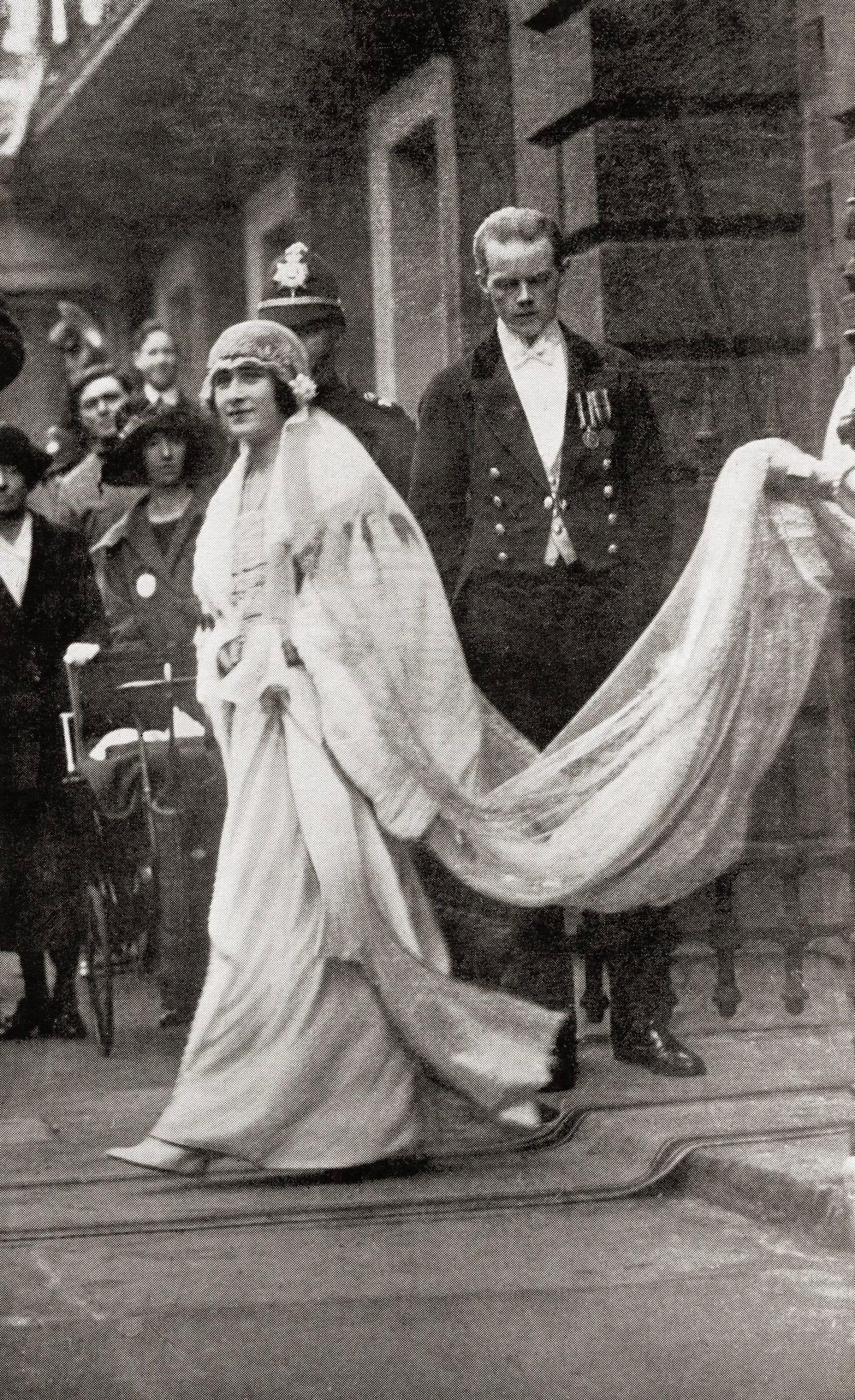
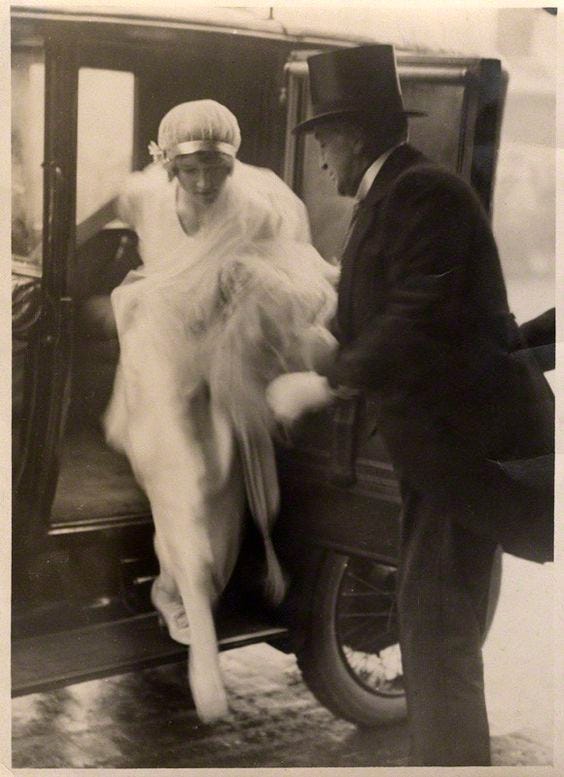
The Bride’s Ensemble: Flapper Influence
Fashion in the 1920s underwent a revolutionary change, and wedding attire was no exception. The iconic flapper style influenced bridal fashion, leading to shorter hemlines and looser silhouettes. Wedding dresses often featured dropped waists, intricate beadwork, and lace details, creating a look that was both elegant and contemporary.
Veils, though still popular, were worn differently. Instead of cascading to the floor, many brides opted for shorter veils or headpieces adorned with feathers, beads, or even cloche hats. These accessories added a touch of glamour and individuality to the bridal ensemble.
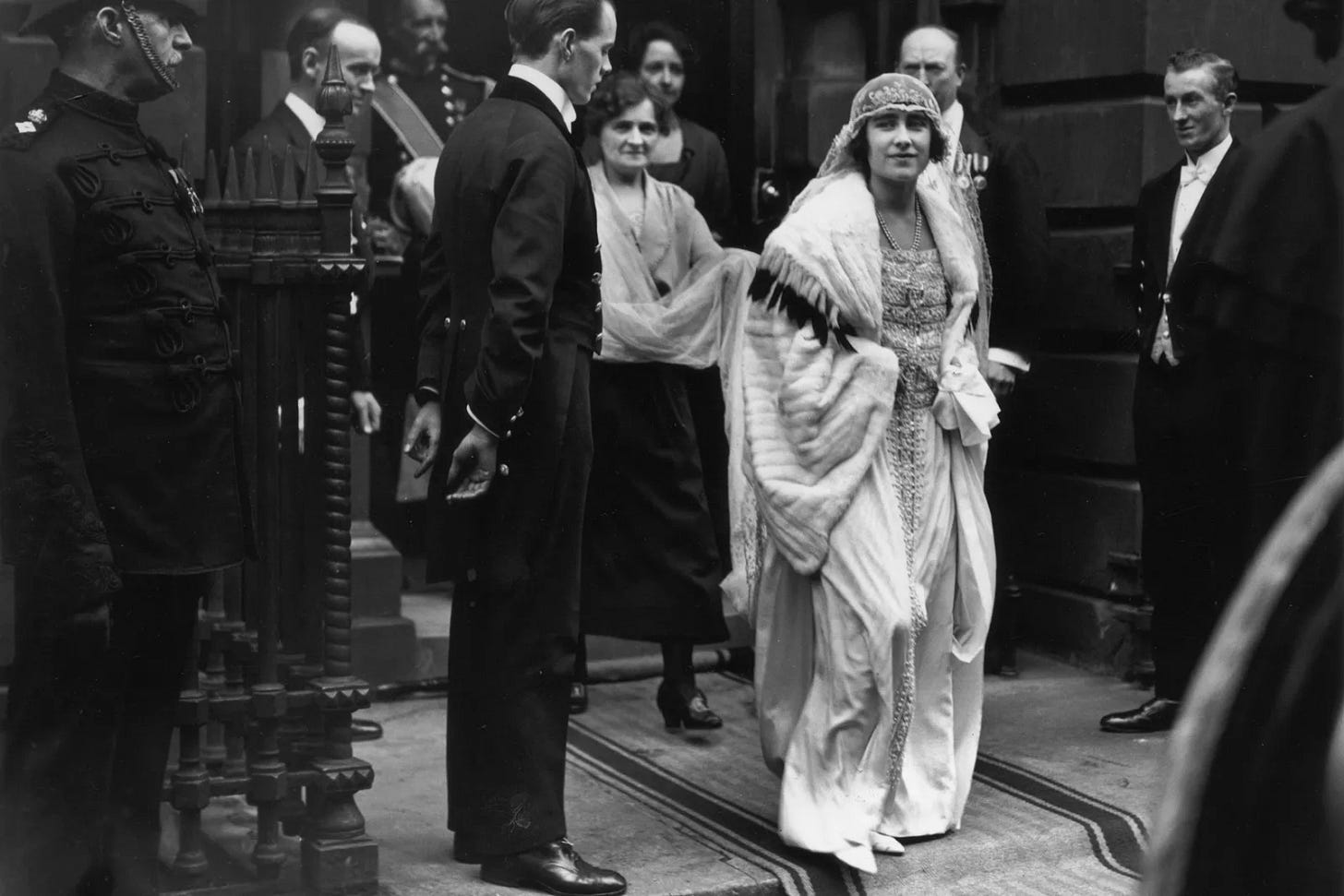
Bouquets in the 1920s were less formal and more natural, often comprising seasonal flowers arranged in loose, cascading styles. This departure from the tightly bound bouquets of previous eras symbolised the freer, more expressive spirit of the times.
Groom and Attendants
The groom and his attendants embraced the sleek, tailored look of the decade. Tuxedos and suits with crisp lines, often in black or navy, were the standard. Accessories such as bow ties, pocket squares, and boutonnieres added a dash of sophistication. The groom’s attire was often chosen to complement the bride’s look, ensuring a harmonious aesthetic.
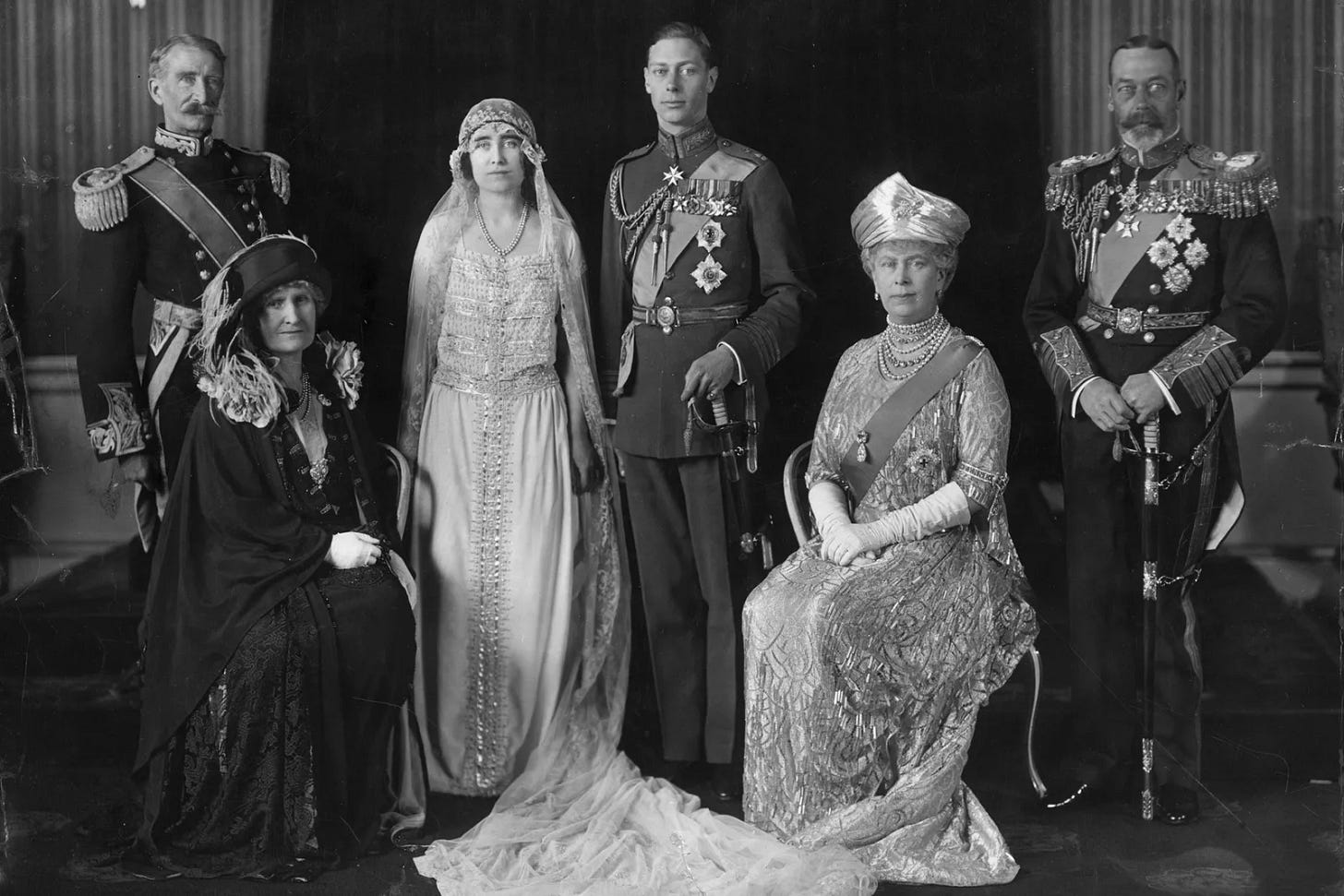
Bridesmaids' dresses mirrored the flapper style, featuring shorter hemlines and playful details. The emphasis was on fun and fashion, with dresses that could easily transition from the ceremony to the dance floor. Groomsmen, dressed in matching suits, completed the polished and coordinated appearance of the wedding party.
The Reception: A Roaring Good Time
Receptions in the 1920s were lively, reflecting the decade’s love for celebration. Dance halls, speakeasies, and hotels were popular venues, where guests could enjoy a night of music, dancing, and revelry. Jazz bands were a staple, setting the tone with their upbeat and infectious rhythms.
The wedding cake, while still a central feature, often took on a more modern appearance. Multi-tiered cakes with geometric designs, reflecting the Art Deco style, became fashionable. The cake-cutting ceremony, though traditional, was often followed by a night of dancing and entertainment.
Food and drink were abundant, with cocktail culture influencing the reception menu. Hors d’oeuvres, finger foods, and signature cocktails were served, making the reception feel like a glamorous party. Champagne flowed freely, embodying the celebratory spirit of the Roaring Twenties.
Customs and Keepsakes
The 1920s saw the emergence of new wedding customs and keepsakes. Favour boxes containing candies or small trinkets were given to guests as tokens of appreciation. These favours often featured Art Deco designs, adding a touch of the era’s style to the celebration.
Photography became more prevalent, with couples hiring professional photographers to capture candid moments and formal portraits. These photographs, often presented in elegant albums, became cherished keepsakes. Additionally, the advent of home movie cameras allowed some couples to capture their wedding day on film, creating a visual record of their special day.
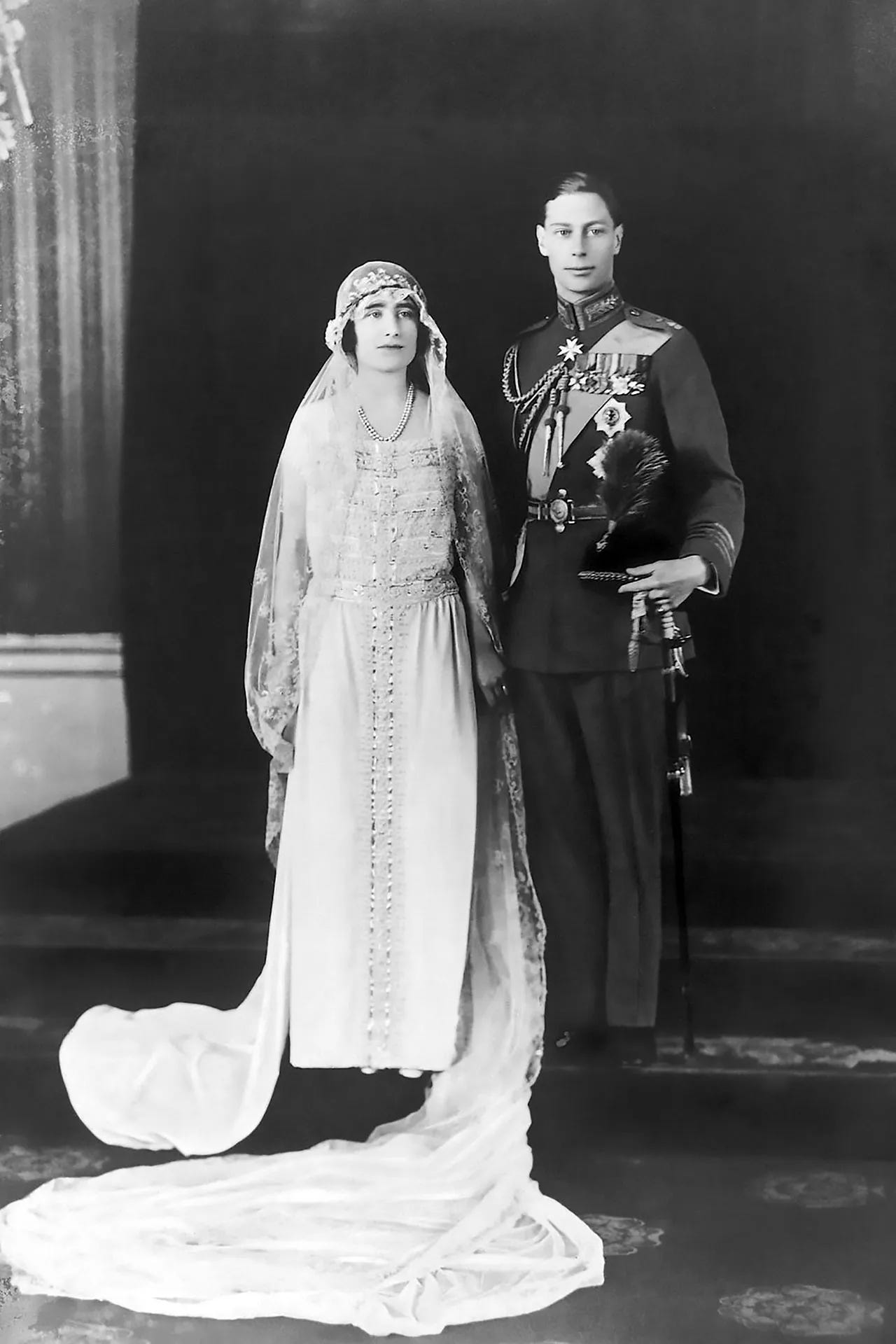
Weddings in the 1920s were a celebration of love, modernity, and the joy of living. They encapsulated the spirit of a society eager to break away from the past and embrace new possibilities. From the bride’s flapper-inspired dress to the lively reception filled with jazz music and dancing, every element of a 1920s wedding was designed to delight and inspire.
As we look back on these weddings, we see more than just stylish ceremonies; we see a reflection of an era defined by its optimism, creativity, and zest for life. The 1920s wedding was a perfect blend of tradition and innovation, setting the stage for the evolution of wedding customs that continue to influence us today.

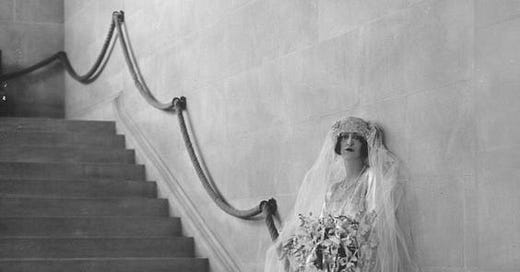



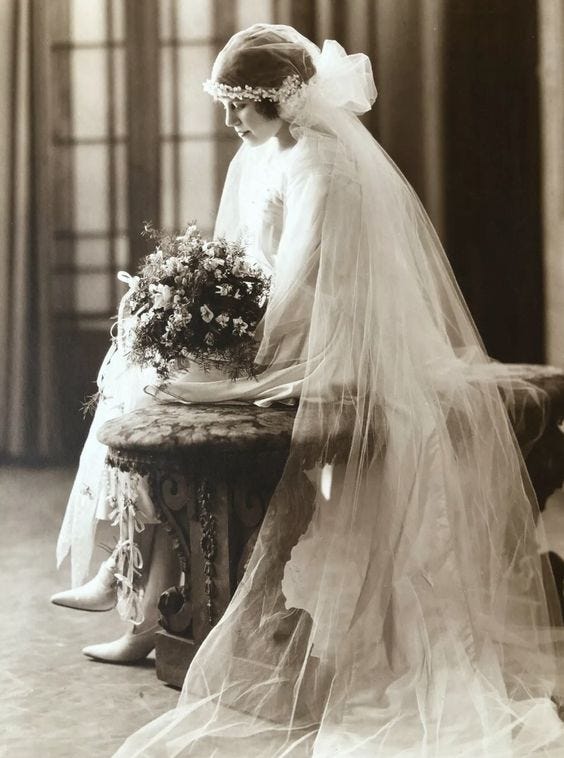
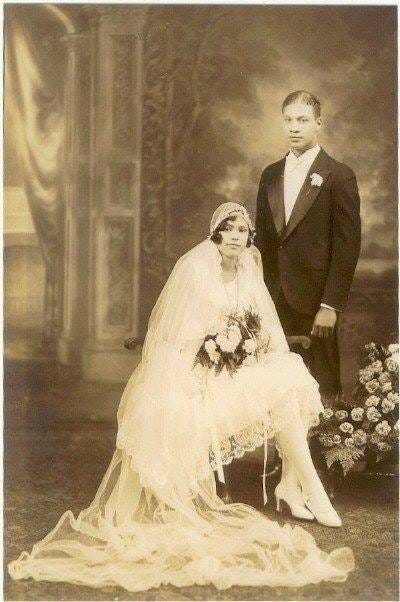
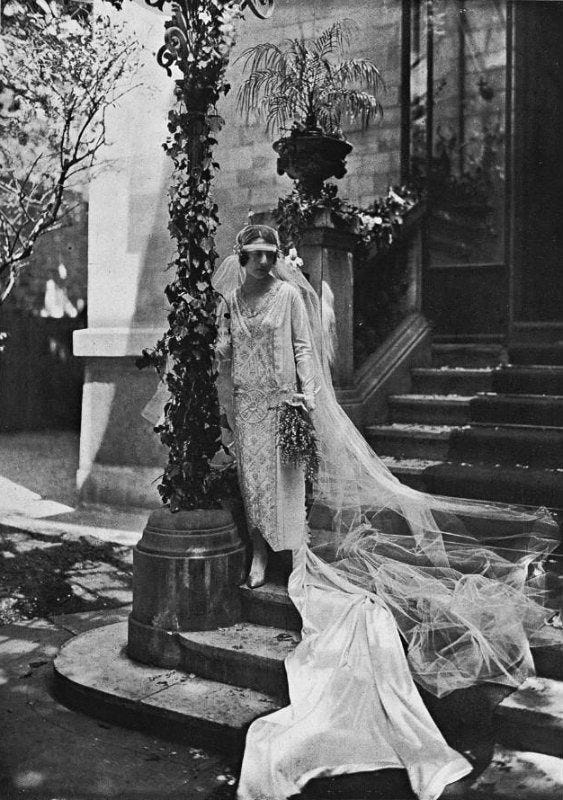
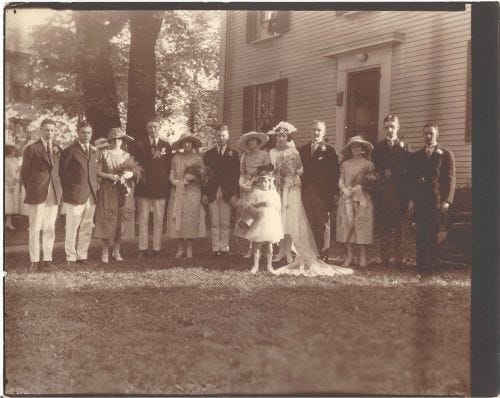
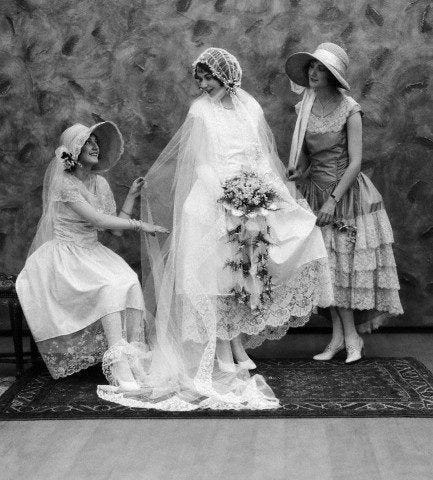
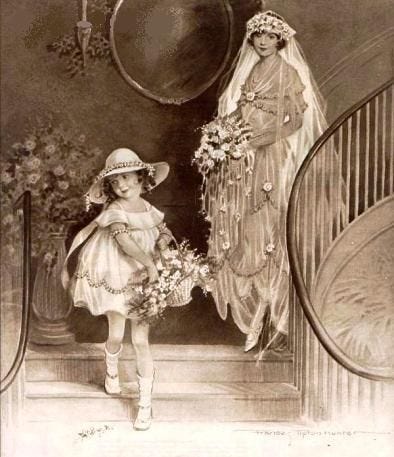
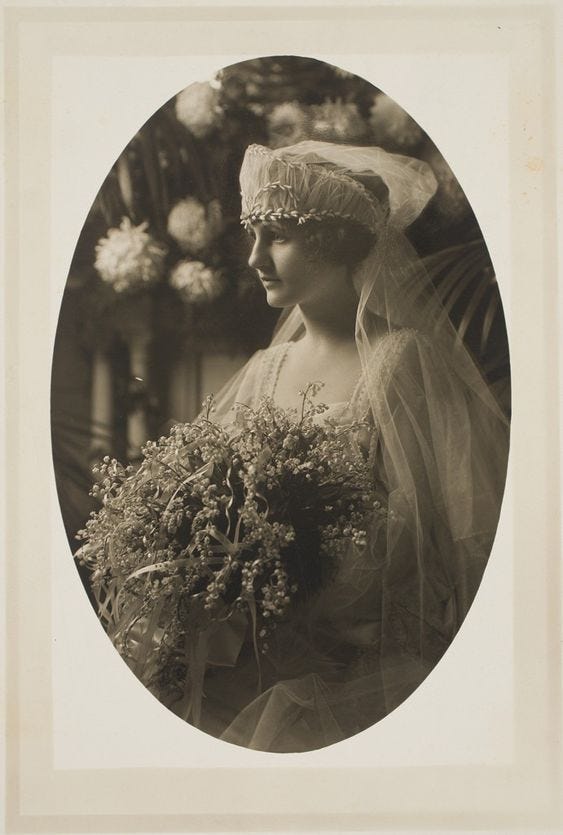
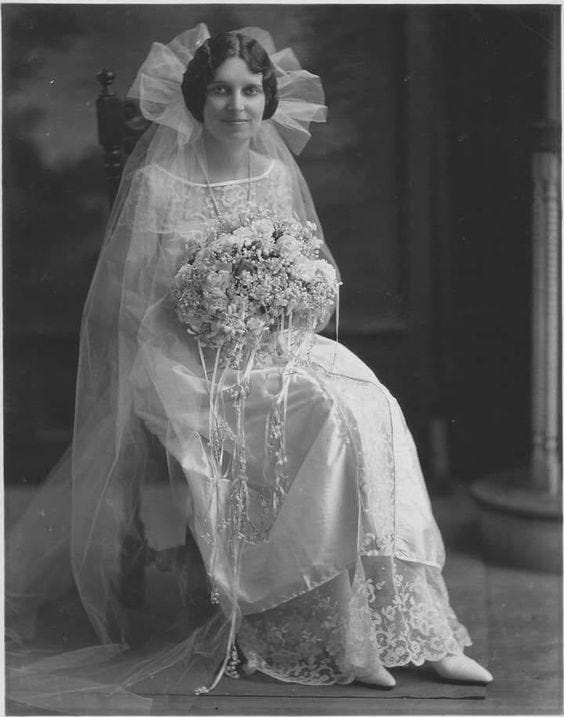
Thank you for this very helpful post about 1920s weddings. I have a scene at the end of my novel where I need exactly this information!
My wedding would take place at the bride's home in Hampshire, ceremony in the local church then reception in the Grand Ballroom at the house. Wedding guests would no doubt be invited to stay for a few days, similar to the country weekends that were common in those days. What I can't seem to find out is, when would the wedding take place and would the bride and groom leave immediately after the reception? I had found a reference some time ago but can't find it anywhere.